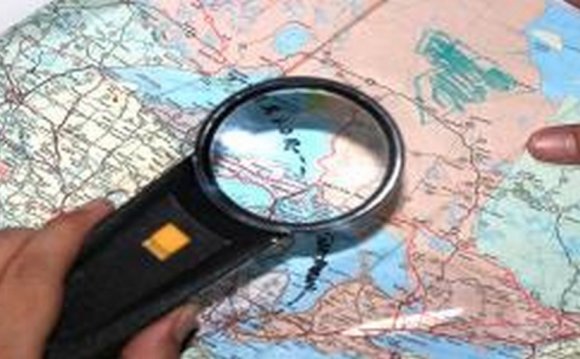
Reading Comprehension Worksheets
1 When the last ice age ended about four thousand years ago, the glaciers melted and formed North America's five Great Lakes. Glaciers are made up of fallen snow accumulated over many years that compresses into large, thickened ice masses. Lakes Superior, Michigan, Huron, Erie, and Ontario make up the Great Lakes system. The Great Lakes contain one fifth of the world's fresh surface water, making them the largest system of freshwater on earth.
2 From Duluth, Michigan, at the western tip of Lake Superior to the outlet of Lake Ontario the Great Lakes are 1, 160 miles (1, 867 km) in length. This natural international boundary between Canada and the United States runs through the center of Lake Superior, Lake Huron, Lake Erie and Lake Ontario. All of the Great Lakes are connected to each other by either natural and/or man-made links.
3 Lake Superior is the largest, deepest, and coldest of the Great Lakes. It is about six hundred feet above sea level with a depth of 1, 332 feet. St. Mary's River connects Lake Superior to Lake Huron, and the Sault (pronounced Soo) St. Marie Locks bypass the St. Mary's rapids. The city of Duluth, on the southwestern point of Lake Superior, is the only international port located so deep in the United States. Lake Superior's drainage basin is rich in natural resources and scenic beauty. A drainage basin or watershed is a region of land where water from rain or melted snow drains downhill into a body of water, such as a river, lake, estuary, wetland, sea, or ocean.
edHelper.com Subscribers:
Build a printable worksheet with the complete story and puzzles
Build a proofreading activity
| The Five Famous Great Lakes of North America
By Sherri Dickie |
 |
2 From Duluth, Michigan, at the western tip of Lake Superior to the outlet of Lake Ontario the Great Lakes are 1, 160 miles (1, 867 km) in length. This natural international boundary between Canada and the United States runs through the center of Lake Superior, Lake Huron, Lake Erie and Lake Ontario. All of the Great Lakes are connected to each other by either natural and/or man-made links.
3 Lake Superior is the largest, deepest, and coldest of the Great Lakes. It is about six hundred feet above sea level with a depth of 1, 332 feet. St. Mary's River connects Lake Superior to Lake Huron, and the Sault (pronounced Soo) St. Marie Locks bypass the St. Mary's rapids. The city of Duluth, on the southwestern point of Lake Superior, is the only international port located so deep in the United States. Lake Superior's drainage basin is rich in natural resources and scenic beauty. A drainage basin or watershed is a region of land where water from rain or melted snow drains downhill into a body of water, such as a river, lake, estuary, wetland, sea, or ocean.
YOU MIGHT ALSO LIKE

Can You Name the Great Lakes?

Cruising the Great Lakes with Travel Dynamics: Discovering ...

DOE Renews the Great Lakes Bioenergy Research Center









